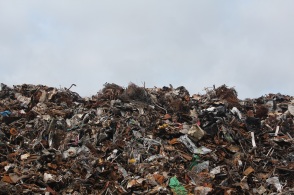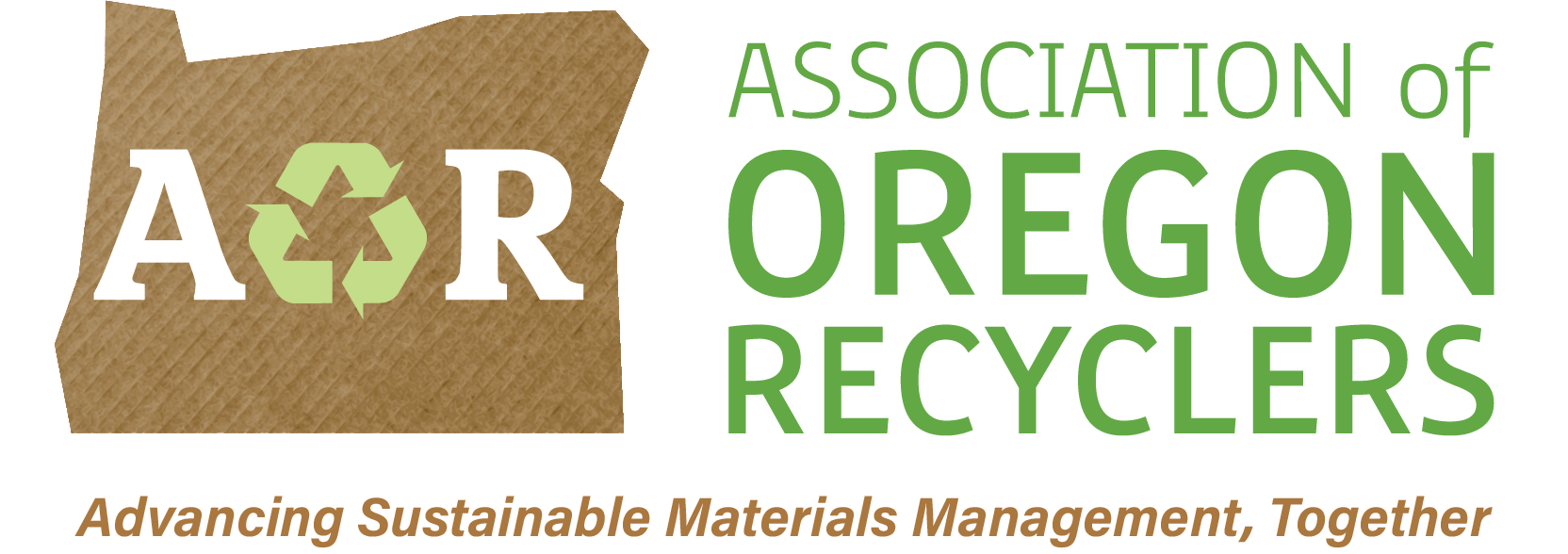 A crisis can be painful. It can also be an opportunity for much-needed change.
A crisis can be painful. It can also be an opportunity for much-needed change.
Recent trade restrictions by China have troubled many U.S. industries, as well as municipal recycling programs that rely on Chinese markets. Shrinking markets for recovered material have raised municipal recycling costs. As a result, some recycling programs have closed, while others have stockpiled or disposed of recyclables the public expects to be turned into new products.
The fluctuation of recycling markets is nothing new. But for 50 years, we have failed to recognize that recycling is stifled by an uneven playing field.
It is time to disrupt the current recycling economic model, which relies on taxpayers and municipal governments to pick up the cost of managing waste products and packaging from which companies reap the profits. To date, U.S. corporations have dodged their responsibility to manage their products after consumers use them.
On the surface, it is often cheaper to dispose of used products and packaging than to recycle them (though landfill tipping fees are rising). However, in doing so, we fail to account for the much costlier externalities. In reality, brand owners and consumers are not paying the full cost of production and consumption, which includes environmental and social damages such as the need to continually mine virgin resources for the manufacture of new products. Instead, we experience these costs in the form of water, air, and land pollution, and greenhouse gas emissions leading to climate change. The cost to clean the water, air, and land is much greater than that to prevent contamination in the first place.
Governments often establish recycling programs to reduce litter and waste to improve quality of life for their citizens. Unfortunately, communities are at a huge disadvantage compared to brand owners that benefit from the throw-away economy while paying none of the waste management costs. Furthermore, most waste management companies like things just the way they are now. The status quo allows them to protect their investments in disposal technologies, and they enjoy powerful contractual leverage against municipalities and individual residents.
The real recycling tragedy is not just that municipalities use different bins and labels. It is that every community collects different materials, educates their residents in different ways, and has separate contracts with garbage and recycling haulers that provide different services and incentives. This inefficiency and lack of municipal cohesion is the basis for the recycling and garbage disposal crisis in the U.S.
There is hope. Countries across the world require brand owners – such as Unilever, Procter & Gamble, SC Johnson, General Mills, Pepsi, Amazon, and Walmart – to fund and manage the recycling of materials they put on the market. These companies, which are the same ones fighting change in the U.S., hire a non-profit to operate a network of collection and processing facilities with lean government oversight. This network leverages existing infrastructure and provides options for municipalities. These “producer responsibility” systems collect the same set of materials in every jurisdiction. They provide the same educational materials and symbols, with appropriate regional nuance. They have the same instructions and standards for municipalities and other collectors to keep contamination low.
And they get results. British Columbia, for example, has achieved a 75 percent recovery rate for packaging and printed paper, as compared to the 55 percent average in the U.S. for the same materials. The Canadian province has also reached an enviable contamination rate of 6.5 percent, compared to an average of about 15 percent in the U.S. These systems are in place in Europe (for over 30 years), across Canada (for up to 15 years), and now in Israel, Japan, South Africa, and an increasing number of other countries.
Well-crafted extended producer responsibility frameworks also reward innovation, especially for companies that use less material, switch to readily-recyclable options, and incorporate a higher percentage of recycled content in packaging.
The time has come to bring producer responsibility for packaging to the United States. Consumer product companies and waste management companies have valid concerns about change. But municipalities and taxpayers can no longer bear the sole financial burden for a problem created by societal consumption and brand owners’ poor packaging choices.
If we listen to one another, we can solve this problem together. We must understand the problems created by waste, share common goals, collectively overcome barriers, and agree on the solutions available.
It takes will, but it is long past time to start.
